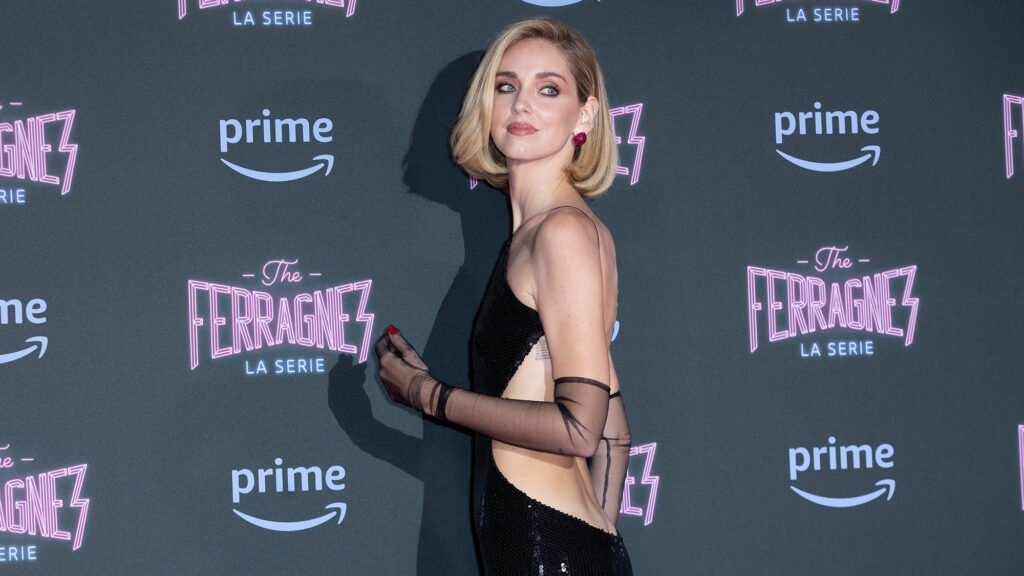Snippet
The recent scrutiny of influencer marketing, exemplified by incidents like Chiara Ferragni’s pandoro-gate and tax evasion probes, prompts a reevaluation of its sustainability. The distinction between influencers and creators is crucial; influencers sway opinions and purchasing decisions through established reputations, whereas creators focus on original content, driven by self-expression and talent sharing. The rise of “deinfluencing” reflects consumer fatigue over incessant promotions, pushing for authenticity and transparency, favoring micro-influencers for their genuine engagement. The transition to creator marketing emphasizes creative talent and authentic engagement over broad influence, addressing consumer demands for honesty and value alignment. Despite the challenges, including consumer skepticism and the pitfalls of forced partnerships, influencer marketing is evolving rather than dying. Emerging trends highlight the importance of micro-influencers, authentic content, value-driven partnerships, and data-driven strategies. This evolution suggests influencer marketing is adapting to demands for transparency, authenticity, and meaningful connections, signaling a shift towards more ethical and sustainable practices.
Recently, influencer marketing has sparked heated discussions, with recent months fueling speculation about a potential end to this trend. From the italian Chiara Ferragni’s pandoro-gate* (see the note below) to investigations into tax evasion by well-known figures, influencers too are pondering whether it’s time to rethink their business models. However, before drafting an obituary for this tool, let’s take a closer look.
Is influencer marketing truly dead, or is it merely evolving?
Be careful not to confuse creators with influencers. Even though in some cases the boundary is subtle, the difference is significant.
Influencer vs creator
The terms “creator” and “influencer” are often used interchangeably in common parlance, but there is indeed a significant distinction between the two, especially when considering the nature of their work and their impact on social media and beyond.
A creator is usually someone who focuses primarily on creating original content. This content can vary widely: videos, music, art, writing, and much more. Creators tend to have specific skills or talents that they showcase through their work, and their main goal is to express themselves, share their passion, or inform and educate their audience. While they may have significant followings on social media, their influence is often secondary to their creative output.
Influencers, on the other hand, are individuals who have built a reputation for their knowledge and expertise on specific topics. They use this reputation to influence their audience’s purchasing decisions or opinions. Influencers may also create content, but their primary goal is usually to influence their audience’s behavior or opinions through their authority, knowledge, position, or relationship with their audience. In many cases, they collaborate with brands to promote products or services.
The boundary between creators and influencers can become blurred because many creators become influencers as their following grows and they begin to partner with brands. Likewise, some influencers invest in creating high-quality original content to maintain and grow their audience. The key lies in the primary intent and the main source of their value to the audience: creativity and original production for creators, influence, and promotion for influencers.
Deinfluencing
Emerging as a reaction to the saturation of the influencer market, deinfluencing has led consumers, especially those from Gen-Z, to seek genuine and honest recommendations, growing tired of the endless promotions on their social feeds. However, deinfluencing does not signal the end of influencer marketing but rather an evolution of it. It highlights overconsumption and shifts focus towards influencers known for their authenticity and honesty. Brands are now gravitating towards micro-influencers to ensure authenticity and genuine connections with the audience, acknowledging the importance of meaningful and transparent partnerships.

Creator marketing
The shift from influencer marketing to creator marketing marks a significant paradigm shift, emphasizing personal creative talents over mere influence. This approach moves away from market saturation and growing distrust in influencer marketing, fostering more authentic engagement. By allowing creators to naturally integrate advertisements into their content, it promotes deeper, more meaningful relationships with the audience, highlighting the importance of understanding consumer needs for marketing strategy success.
Rise and fall of influencers
The dawn of influencer marketing was marked by the allure of virality, where a single celebrity post could skyrocket a brand’s fame, backed by legions of followers eager to mimic their idol’s purchases. However, over time, consumer skepticism has grown due to forced partnerships, dubious content, and questionable endorsements, tarnishing the image of some influencers and leaving both brands and consumers disillusioned. Brands have often been harmed by too close associations with fallen influencers or by engaging in covert advertising practices.
The required change
Declaring influencer marketing dead would be an oversimplification; rather, it’s undergoing a significant metamorphosis. Consumers now seek transparency, authenticity, and value from the influencers or creators they follow. The era of covert endorsements and sponsored posts is ending, giving way to a demand for genuine connections, relatable experiences, and brands that align with values of honesty, sincerity, and authenticity.

The new influencer landscape
What does this evolution look like?
Here are some key trends shaping the future of influencer marketing.
- Micro-influencers are on the rise, as brands shift their focus from celebrity and mega-influencer partnerships to those with a smaller but more loyal following. These micro-influencers offer niche expertise and genuine connections with their audience.
- Authentic content is increasingly sought after by consumers who value authenticity and quality over mere endorsements. The era of covert advertising is giving way to influencer content that includes informative reviews, creative demonstrations, and behind-the-scenes peeks, reflecting a shift towards more genuine and valuable communication with audiences.
- Value-driven partnerships are becoming crucial as brands align with influencers who share their values and missions, fostering authentic connections with increasingly ethically aware consumers.
- Data-driven decisions are reshaping influencer marketing, moving beyond mere follower counts to leveraging data analytics for measuring campaign effectiveness, tracking engagement, and identifying the right partnerships.
So, is influencer marketing dead?
Influencer marketing is shedding its old, brand-centric skin to emerge as a more nuanced, authentic, and valuable tool, entering a new chapter. By embracing authenticity, transparency, and a focus on value, brands can still leverage the power of ethical influencer relationships to reach their target audience and build meaningful connections.
Influencers, as currently understood, will need to change their approach.
* About Chiara Ferragni ‘Pandoro-gate’
Chiara Ferragni, a renowned Italian influencer, found herself embroiled in a controversy known as “Pandoro-Gate” over a charity campaign involving the sale of Christmas cakes (pandoro) during the 2022 holiday season. Ferragni and the Italian confectionery company Balocco were accused of misleading promotional claims. The campaign suggested that a portion of the proceeds from the sales of a special pandoro, priced significantly higher than the non-branded equivalent, would be donated to the Regina Margherita Hospital in Turin for cancer research. However, it was revealed that Ferragni’s companies received promotional fees of around €1 million from the campaign, while Balocco had made a one-off donation of €50,000 to the hospital prior to the campaign’s launch, leading to accusations of fraudulent advertising.
The Italian antitrust authority imposed a fine of over €1 million on Ferragni and €420,000 on Balocco for misleading consumers. Ferragni faced backlash on social media, losing a significant number of followers. She eventually apologized for what she termed a “communication error” and pledged a donation of €1 million to the Regina Margherita hospital. Despite her apology, the incident sparked a wider debate on the responsibilities of influencers and the ethical considerations in charity affiliations.

